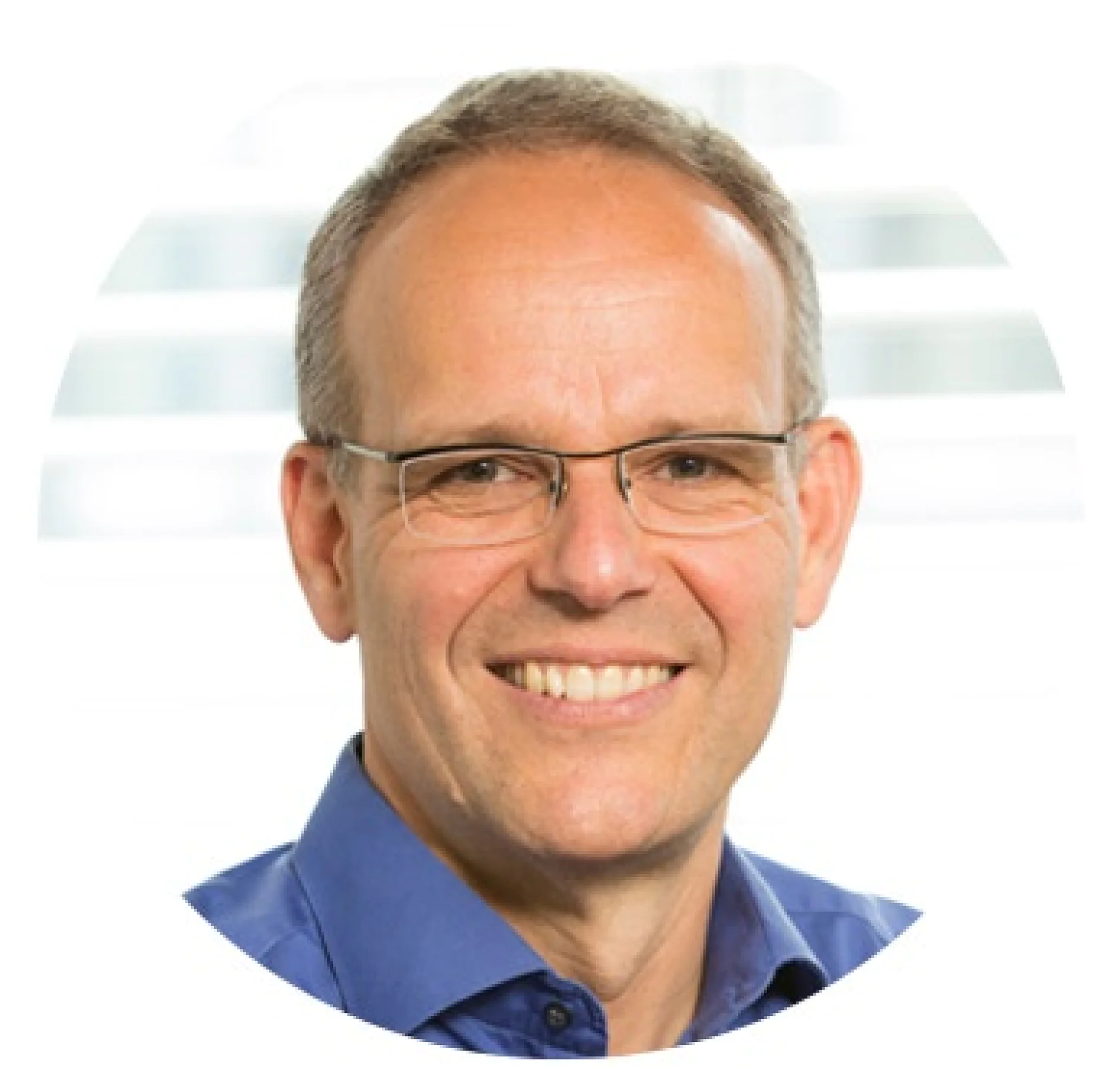Dr. Christoph Dietrich, 55, studied physics in Munich and Heidelberg. After earning his doctorate in optical neural networks, a topic that plays an important role in artificial intelligence (AI) today, he was one of six founders of tesa scribos GmbH in 2001. The father of three sons, he was Managing Director of the tesa affiliate for 17 years.
"Everyone Can Be an Inventor Every Day"
People
The term "innovation" is used today in an inflationary way, yet not everything that is new must also be innovative. Dr. Christoph Dietrich, Director of Innovation Processes since April 1, 2019, explains the important role that "intelligent solutions" play at tesa.

Dr. Dietrich, you have recently taken on the newly created position of Director of Innovation Processes. Are you now something like the "chief inventor" of adhesive tapes?
Christoph Dietrich (laughs): My children have also asked me that. No, I am certainly not a "chief inventor." My main tasks are to coordinate the innovation processes at tesa as an interface manager and to create a platform for new projects – which, by the way, are by no means only related to product development. Innovation takes place on very different levels. For example, it’s incredibly innovative when someone optimizes processes that nobody has thought about before. That’s why every employee can be an inventor – or better said, an innovator, and that can happen every day.
What to you is an innovation?
Innovations are the result of ideas or inventions that hold their ground in the market in the form of new products, processes or services, and generate sustainable value. In this respect, I disagree with calling something innovative that seems visionary at first, but doesn’t sell or create an impact. Then it’s more of a nice try than a real innovation.
"Innovation isn’t just a concern for product development – it needs to take place at all levels, and to result from cross-functional teamwork."
Would you call tesa an innovative company?
Yes, absolutely! This is already apparent when you consider that more than 500 of the nearly 5000 employees worldwide work in research and development. tesa invests around five percent of its annual sales in this area. We anticipate trends and constantly optimize and expand our technology portfolio, working closely with our customers and external cooperation partners. But tesa can clearly also become more innovative. There is still room for improvement.
Can you provide some examples of that? Bonding two things together seems relatively easy at first…
You would think so. But the secure bonding of components is only one important aspect. Adhesive tapes in mobile phones, for example, have to take on various additional functions such as light and heat management. Sometimes reconciling totally different requirements is like squaring the circle. An example is when only a very narrow bonding surface area is available, but the foam tape is also supposed to act as a shock absorber.
Where is adhesive tape technology headed?
We see that the trend is increasingly toward so-called productive adhesive tapes. This means the tapes don’t just take on a temporary function and are then disposed of, but that they remain in the final product throughout its entire life cycle – in a car, for example. In addition, digitalization has fully reached the adhesive tape business. Today, it’s no longer enough to visit the customer with a case full of samples. Digital tools and services are more in demand than ever. It’s no longer a problem to quickly exchange information and solve a problem with a business partner who is several thousand kilometers away. Overall, service orientation and the pace of the market have increased significantly.
"With our tesa® products, we will never be among the cheapest suppliers on the market. We have lead with technology."
What challenges does a multinational company like tesa face in terms of innovation culture?
With our 64 affiliates, we have reached a size that makes many things easier, but at the same time more difficult. As far as the innovation culture is concerned, we have to make sure that our structures, which are sometimes very complex, don’t paralyze the organization. That’s why we launched a large-scale innovation initiative at the end of 2017. In this respect, it’s also one of my jobs to create the best possible conditions for agile work. This is something that (potential) colleagues, who want to continually push the boundaries of adhesive technology and develop innovative products, are looking for.